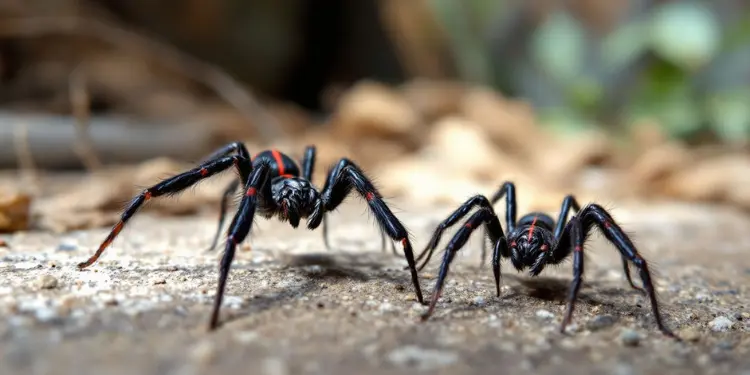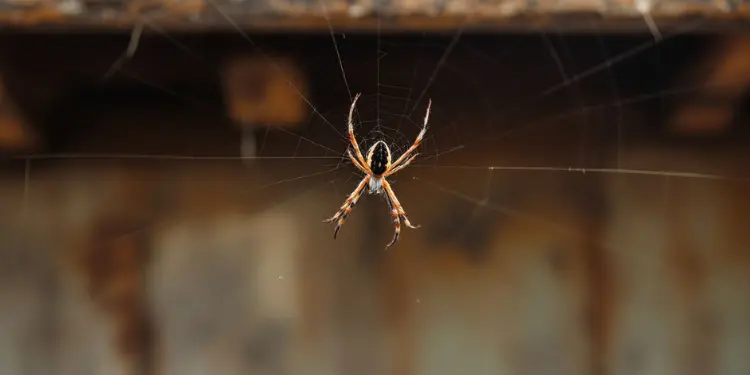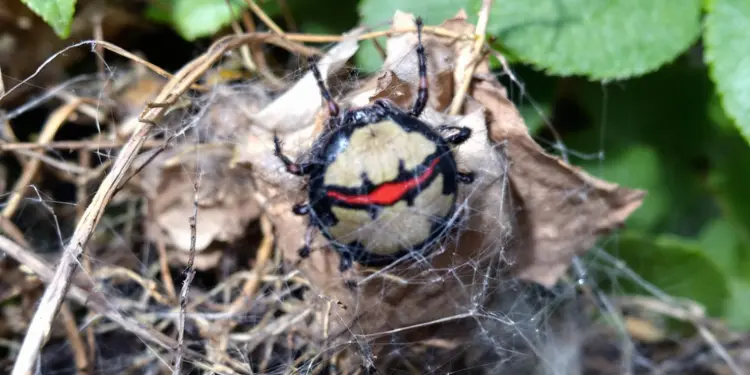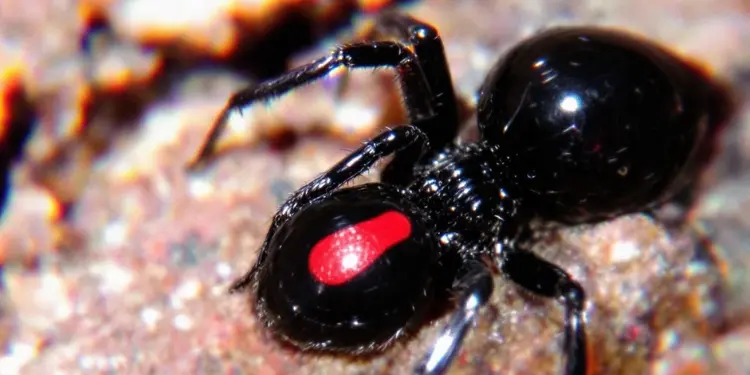
Redback Spider Black Widow: Australian Death Match
Dive into the deadly showdown of the redback spider black widow comparison. Discover their venomous traits, habitats, and which bite is truly more dangerous!
The redback spider, a cousin to the black widow of the United States and the katipo of New Zealand, is a highly recognizable arachnid. Female redbacks are typically black with a vivid red or orange stripe on their back, although this marking may occasionally be faint or absent. In some cases, the markings may appear as broken spots with thin white lines. Females can grow up to 15mm in length, making them significantly larger than males, which only reach about 5mm.
Only the female redback spider poses a risk to humans, as her fangs can deliver venom that can penetrate the skin. Males, with their smaller fangs and intricate patterns that include white and sometimes yellow details, are harmless to humans. However, males have a shorter lifespan compared to females.
Despite their small size, redback spiders are best avoided due to the potential dangers they pose, especially in areas where they may come into contact with humans.





Dive into the deadly showdown of the redback spider black widow comparison. Discover their venomous traits, habitats, and which bite is truly more dangerous!

Discover essential redback spider facts every Australian should know, from its striking red stripe to its close relation to the black widow spider.

Learn about the redback spider scientific name, Latrodectus hasselti, and its significance in Australian wildlife. Explore the world of these infamous spiders.

Learn first aid for redback spider poisonous bites. Identify venomous spiders like the redback and know when to seek medical help in Australia.

Protect yourself from redback spider bites with redback spider antivenom. Learn about this crucial treatment for spider bites in Australia.

Uncover the mating behaviour of redback spider male vs female and learn about their distinctive characteristics in this intriguing blog.
Everything you need to know about redback spiders: their habitat, potential risks, and how to stay safe.
Redback spiders are commonly found in gardens, sheds, garages, and other sheltered areas like under rocks or in dark corners
While their bite is venomous and can cause severe pain, fatalities are rare. Prompt medical treatment can reduce the risks associated with bites.
Redback spiders have a black body with a red or orange stripe across their abdomen. Males are much smaller than females and are less commonly seen.
A redback spider bite can cause intense pain, sweating, nausea, and swelling. In severe cases, medical attention and antivenom may be necessary.
To avoid bites, wear gloves and shoes when working in areas where redback spiders are likely to live, such as sheds or outdoor spaces.
Seek medical attention immediately. Applying ice to the bite area and staying calm will help while waiting for treatment.
Redback spiders are not typically aggressive toward humans and will usually only bite in self-defense when provoked.
Yes, redback spiders create irregular, tangled webs in dark, undisturbed places, often near ground level or in sheltered spaces.
Regularly inspect and clean areas where spiders are likely to live, such as sheds, attics, and garden spaces. Consider seeking professional pest control if you suspect a large infestation.
While redback spider bites are unlikely to be fatal to pets, they can cause symptoms like swelling, pain, and discomfort. If a pet is bitten, seek veterinary advice immediately.